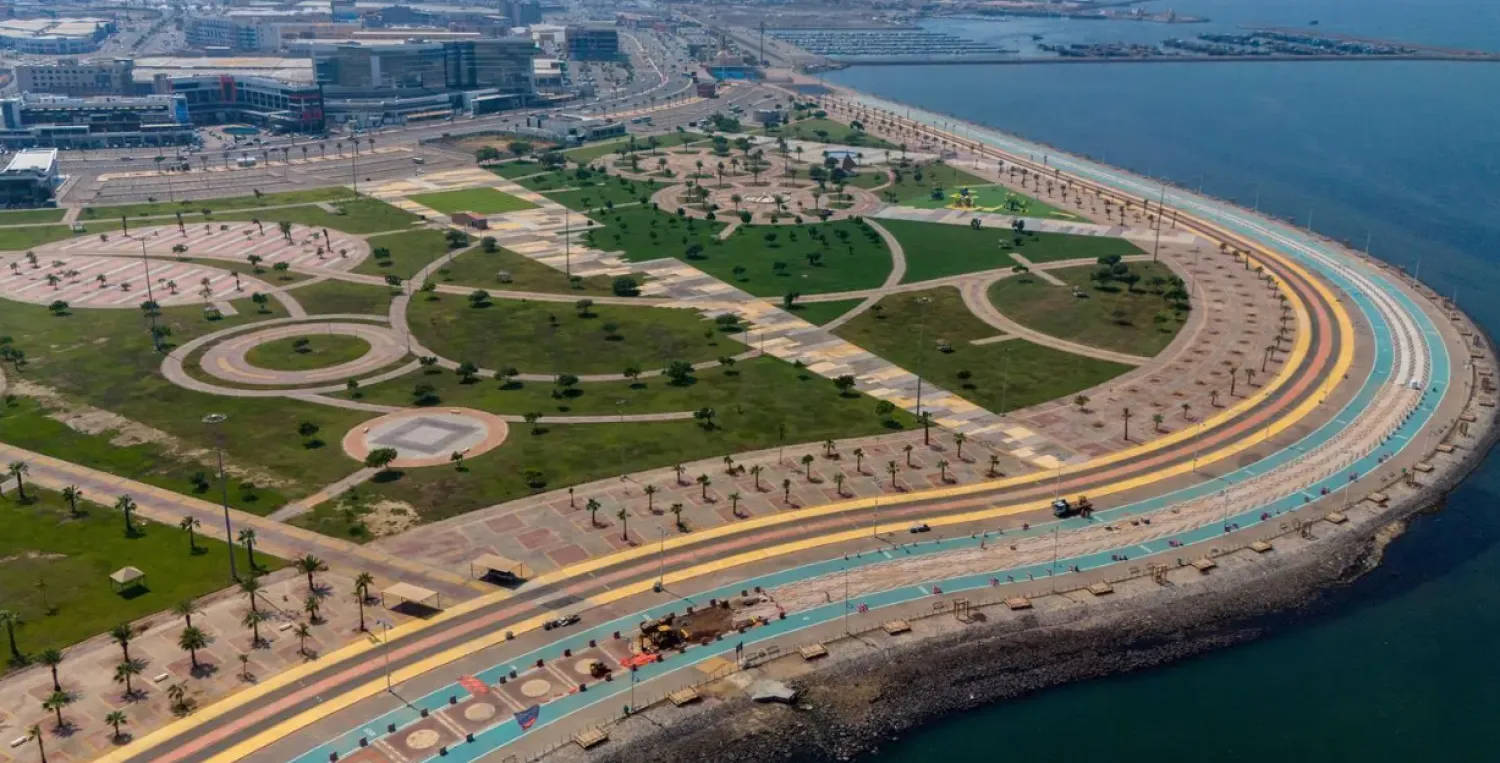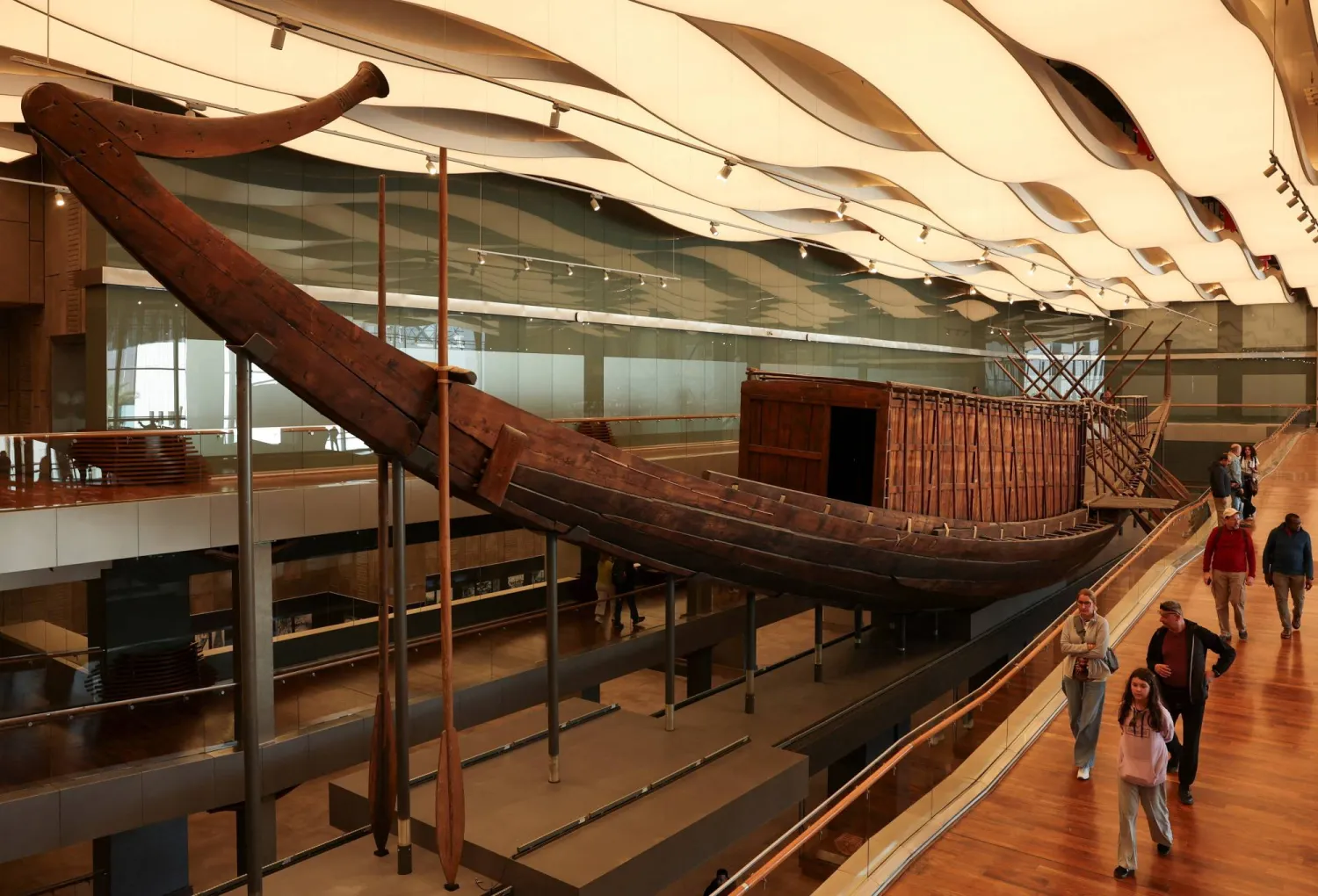Scientists have made a groundbreaking discovery in Indonesia that could rewrite the story of human origins.
They found the skull of Homo erectus, an ancient human ancestor, over 140,000 years after it was first buried, preserved beneath layers of silt and sand in the Madura Strait between the islands of Java and Madura, according to the Daily Mail.
Experts say the site may be the first physical evidence of the lost world, a prehistoric landmass known as Sundaland that once connected Southeast Asia in a vast tropical plain.
Alongside the skull bones, researchers recovered 6,000 of animal fossils of 36 species including those of Komodo dragons, buffalos, deer, and elephant.
Some of these had deliberate cut marks which is proof that early humans were practicing advanced hunting strategies.
These findings provide rare insight into ancient human life and the now-lost lands of Sundaland, offering a glimpse into the behaviors and adaptations of early human populations in response to environmental changes.
The fossils were discovered by maritime sand miners in 2011, but experts just recently established their age and species, marking an important milestone in paleoanthropology.
“This period is characterized by great morphological diversity and mobility of hominin populations in the region," said Harold Berghuis, an archaeologist at the University of Leiden in the Netherlands who led the investigation.
Between 14,000 and 7,000 years ago, melting glaciers caused sea levels to rise more than 120 meters, submerging the low-lying plains of Sundaland.
The discovery began during marine sand mining in the Madura Strait, where dredging brought up fossilized remains.









